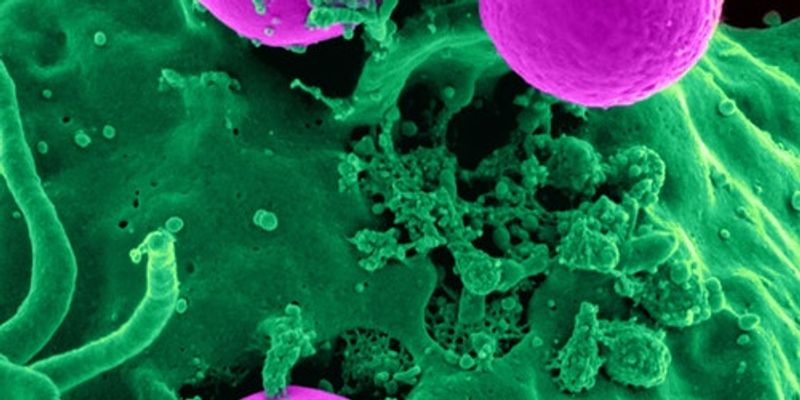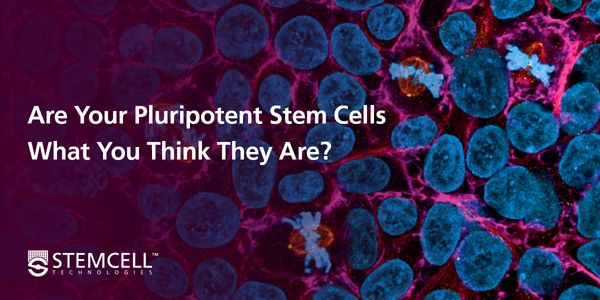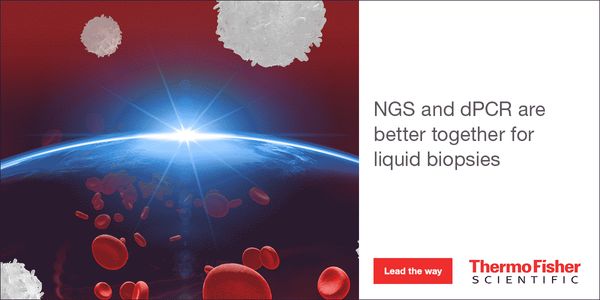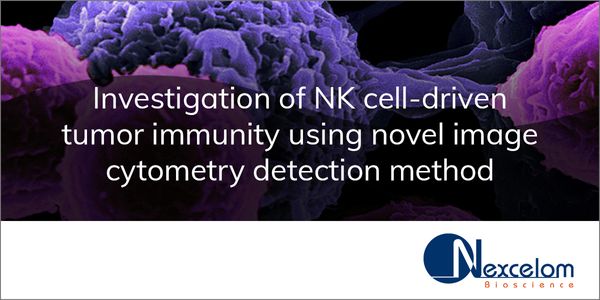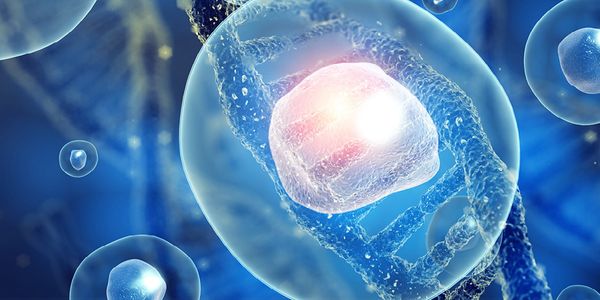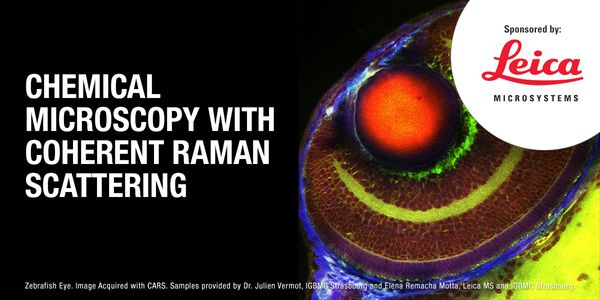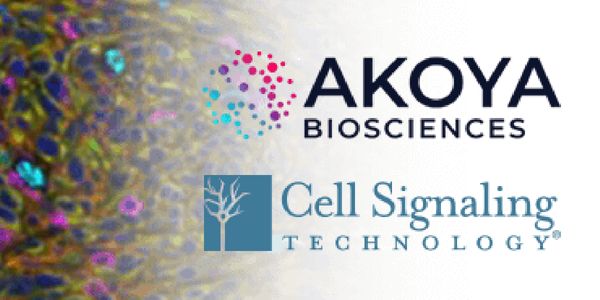Cell: is the smallest structural and functional unit of an organism, typically microscopic and consisting of cytoplasm and a nucleus enclosed in a membrane. Microscopic organisms typically consist of a single cell, which is either eukaryotic or prokaryotic.
-
This presentation is about a client-focused approach used to find an all synthetic ligand which is developed into an affinity adsorbent – followed by working with the client to develop...
Genetically-modified cell therapies are revolutionizing medicine, offering new opportunities to treat cancer patients and potentially many other diseases. The process of producing gene-modif...
Strong performance for a Facility of the Future for the Life Sciences industry requires more than optimal manufacturing process development and facility design. The sector encompasses a dive...
The NIST Biomanufacturing Program develops measurement science, standards, reference data and tools to support the development, manufacturing, and regulatory approval of biologic medicines....
Digital PCR has become the emerging technique for the sequence-specific detection and quantification of nucleic acids for various applications. During the recent years, numerous articles of...
